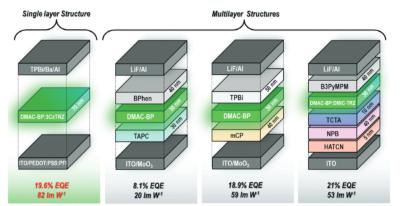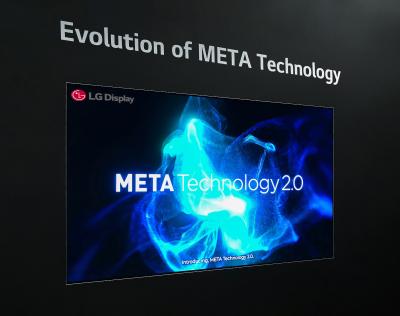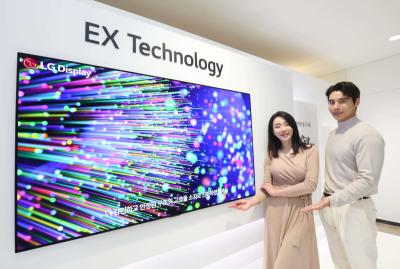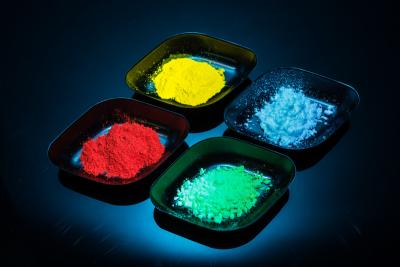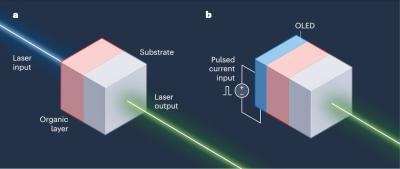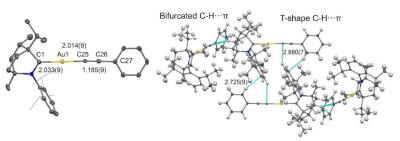Single-layer TADF OLEDs outperform the best multi-layer device in both efficiency and lifetime
In 2023, we reported on research conducted at Germany's Max Planck Institute, led by Prof. Paul W.M. Blom, that looks into single-layer OLED devices. In such devices, a single TADF OLED emitter layer is sandwiched between two electrode - a much simpler design compared to commercial OLED devices that use multilayer stacks, sometimes with 10 or more layers. The researchers the the MPI say that in fact it is possible to develop highly efficient OLEDs with just the TADF emitter - and have demonstrated 100% IQE single-layer devices, with an EQE of 27.7%.
Prof. Blom's group continues to improve its single-layer TADF OLED device, and have now reported that by employing a recently developed trap-free large band gap material as a host for the DMAC-BP OLED emitter, a nearly balanced charge transport is achieved. The device achieves a record power efficiency for DMAC-BP TADF OLEDs of 82 lm/W - surpassing the best reported multilayer power efficiencies of 52.9–59 lm/W. This is due to the lower operating voltage. The single-layer device reaches an external quantum efficiency (EQE) of 19.6%, which is only slightly lower than the reported EQEs of 18.9–21% for multilayer devices. In addition to the high power efficiency, the operational stability is greatly improved compared to multilayer devices and the use of conventional host materials in combination with DMAC-BP as an emitter.
